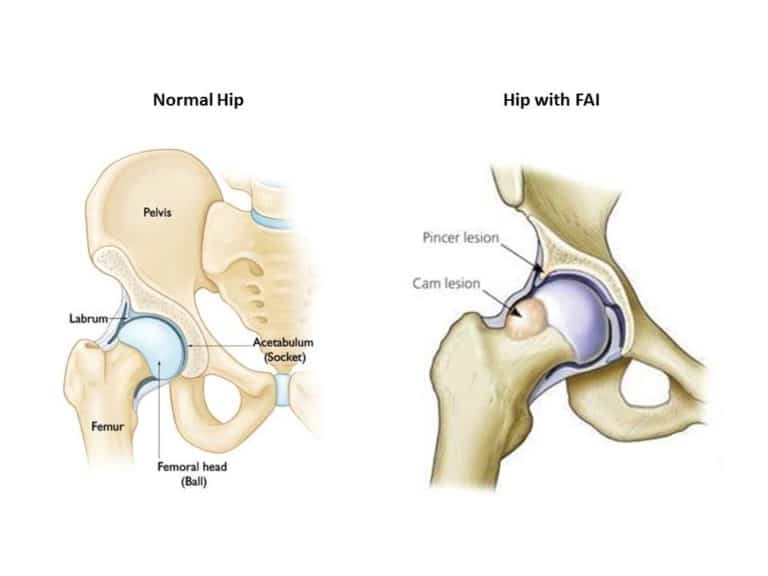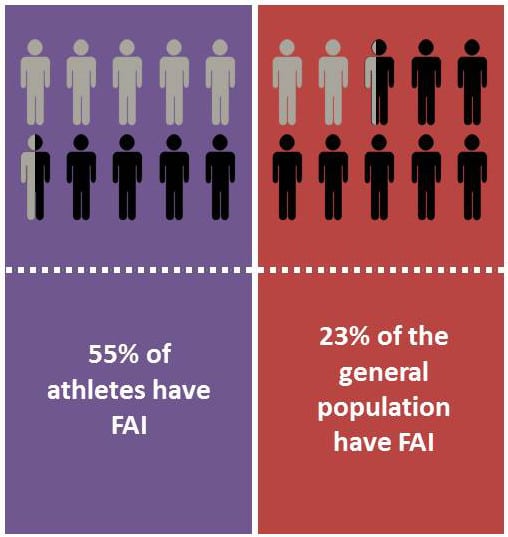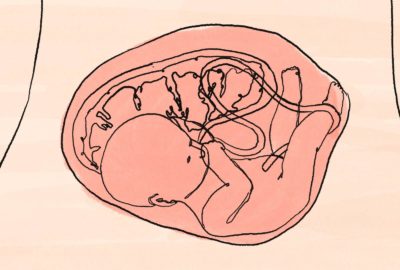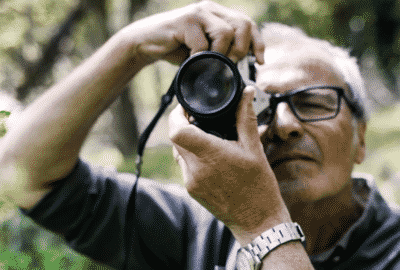Hip Hip Hooray
Thursday 21st Jul 2016, 1.44pm
What’s the link between sports, bone development in the young, and arthritis? In this animation we explore research that is trying to figure out why very sporty people tend to develop a condition of the hip, and what can be done about it.
The problem of arthritis
Arthritis means inflammation of the joints. It is very common, affecting about 10 million people in the UK, and causes significant amounts of pain and disability, which costs the economy about £1.5 billion a year. Osteoarthritis (OA) is where the cartilage that covers the bone becomes damaged over time, and results in painful and stiff joints. It most commonly affects the large weight bearing joints, like the hip. Hip OA is very common, usually with around 80,000 people having hip replacements each year.
We used to believe that OA in the hip was solely caused by wear and tear in the joint that could happen to anyone and everyone, and the only way to treat it definitively was to wait for it to get very painful and stiff and then replace the joint. Now, with recent research, not only are we starting to better understand certain conditions that may lead to you getting OA, but we are also working out how we may diagnose and treat these conditions before they even cause OA. Essentially, we are trying to turn hip OA from a disease that causes years of pain and disability that has limited treatment options, to one that we can stop in its tracks at its source.
Could we stop some Arthritis in its tracks?
One of these conditions that can predispose you to getting hip OA is femoroacetabular impingement (FAI). This is a condition where you can get a bump of bone form either on the femur where the head meets the neck (called a cam lesion), or on the edge of the socket joint (called a pincer lesion).

In themselves they can both cause pain and stiffness in the joint, but we also know that having a cam lesion can increase your risk of getting hip OA by seven times. Also, people who get hip replacements are more likely to have cam lesions; only about 20% of the normal population have these cam lesions compared to over 50% of those who have hip replacements.
We know now that these cam lesions can cause OA, and we know where the damage is most likely to occur. What still remains elusive however is why, when, and how these cam lesions form, if we can stop them forming, and if we can treat them once they have already formed.
Pin-pointing FAI origins
We know that cam lesions are found in adults but not in children, and that they form next to the growth plate in the bone. We also know that they are far more common in professional athletes, with about 66% of professional footballers and almost 90% of American footballers having them. So we presumed that these cam lesions form in adolescence and are highly dependent on the type and amount of exercise you do during that time, with sports that have a high amount of changing in direction and speed of running offering the greatest level of risk.

Based on: ‘Prevalence of Femoroacetabular Impingement Imaging Findings in Asymptomatic Volunteers: A Systematic Review’. Jonathan M. Frank, M.D., et al, Arthroscopy: The Journal of Arthroscopic & Related Surgery Volume 31, Issue 6, June 2015, Pages 1199–1204.
To see if this was right and to see if there was a way of stopping cam lesions forming, we started a study that looks at children aged 9 to 18 (when we think the lesions form). Some are from sporting backgrounds, such as from football academies, and others from not so sporting backgrounds, such as local school children who don’t do much regular exercise. To determine the link between cam lesions and activity we plan to scan these children every year to monitor the shape of their hip, and then match this with the amount and type of exercise they are doing.
We have just completed the first follow up of this study and the preliminary results are looking very promising for forwarding our understanding of FAI. We have found that the majority of FAI development occurs between the ages of 12 and 14 in sporty people, and that it’s not the amount of exercise you do but how intense the exercise is that is the greatest risk factor. We are also running another trial looking at how best to treat FAI, with physiotherapy or key hole surgery, which we also hope will tell us in the long term whether surgically removing the cam lesion once it has formed can stop people from getting hip OA.
Could you help us?
We are only at the beginning of our journey to understand FAI, and though one day we hope to be able to fully maximise the benefits and reduce the risks of sport, in the meantime it’s no reason to stop playing the sports you love as the benefits of exercise to the rest of your body far outweighs the risks to your hips. However, if you do get hip pain you should go and see your doctor, and if you think you might have, or have already been told you have, FAI we would love to hear from you; tell us your stories in the comments below.
The FAIM study is funded by Arthritis Research UK

With further support from Southampton Football Club
Contact us to find out more about the following teaching resources:
KS4: Tackling Injuries
KS4: A Sporting Chance
KS5: FYI on FAI




